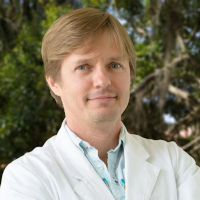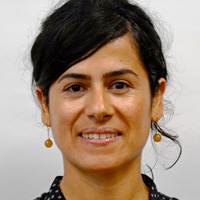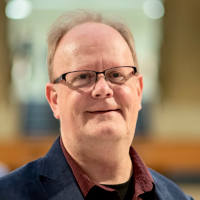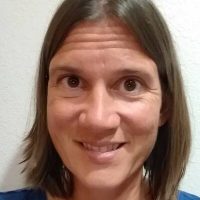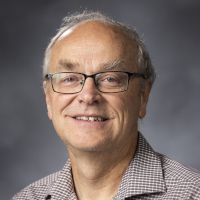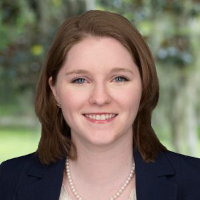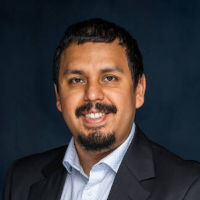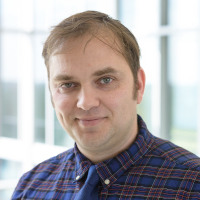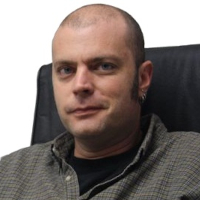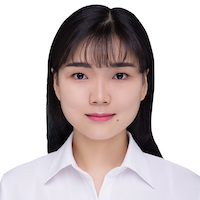Thomas E. Angelini (UF Mechanical & Aerospace Engineering)
217 Little HallCollective Cell Behavior in 3D Cell Assemblies—3D Printed Structures, Random Aggregates, and Perfectly Precise Arrays The remarkable differences between cells grown on plates and cells in vivo or 3D culture are well-known. At the physical level, cell shape, structure, motion, and mechanical behavior in 3D are totally different from those in the dish and are …
